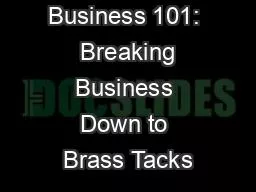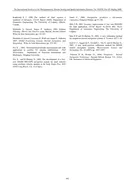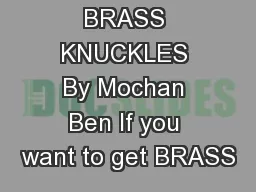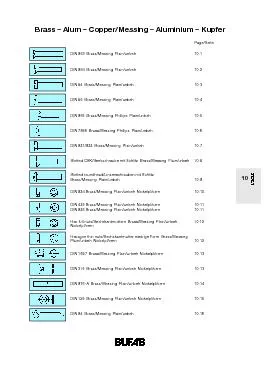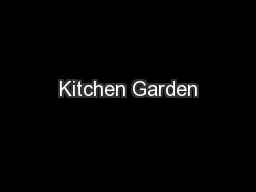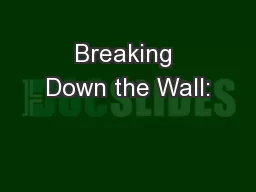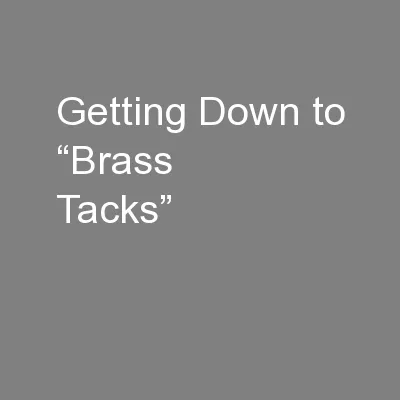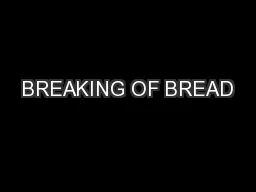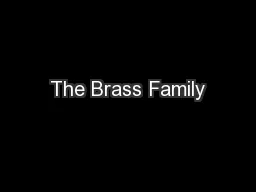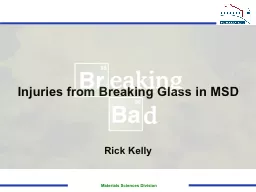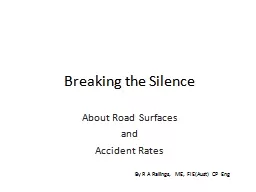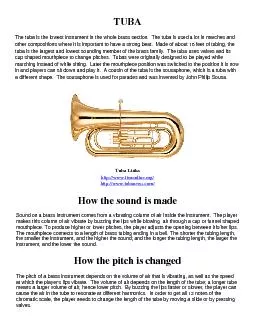PPT-Business 101: Breaking Business Down to Brass Tacks
Author : ripplas | Published Date : 2020-06-19
Q Whats the difference between an accountant and a lawyer A Accountants know theyre boring Bill H dropped out of law school to start a farm He owns ten cows land
Presentation Embed Code
Download Presentation
Download Presentation The PPT/PDF document "Business 101: Breaking Business Down to..." is the property of its rightful owner. Permission is granted to download and print the materials on this website for personal, non-commercial use only, and to display it on your personal computer provided you do not modify the materials and that you retain all copyright notices contained in the materials. By downloading content from our website, you accept the terms of this agreement.
Business 101: Breaking Business Down to Brass Tacks: Transcript
Download Rules Of Document
"Business 101: Breaking Business Down to Brass Tacks"The content belongs to its owner. You may download and print it for personal use, without modification, and keep all copyright notices. By downloading, you agree to these terms.
Related Documents

